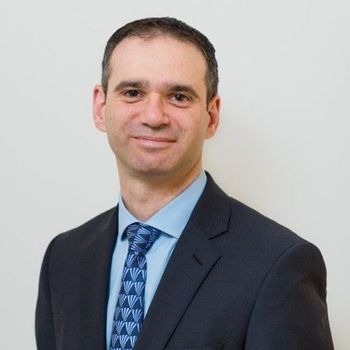
The study presented at AAO provides an update on previously shared 6-month data from earlier this year.

The study presented at AAO provides an update on previously shared 6-month data from earlier this year.
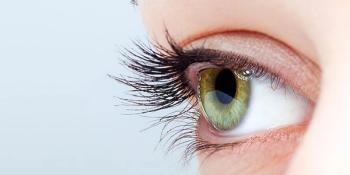
In a longitudinal cohort study, researchers identified 17 seemingly novel variants of the PDE6A retinitis pigmentosa gene, suggesting it may be amenable to gene therapy.
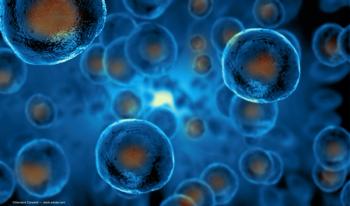
Intravitreal gene therapy continues to be well tolerated and shows robust efficacy
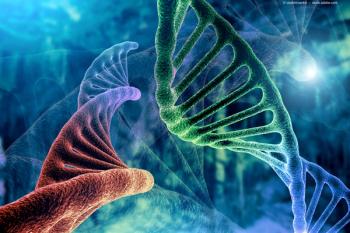
Investigators find that nanoparticles deliver gene therapy successfully in mice, rats.
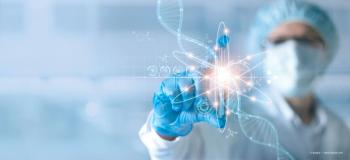
Candidate continues to demonstrate encouraging safety, tolerability, and efficacy

The FDA this week granted the fourth Orphan Drug Designation for a novel gene therapy product candidate (OCU400, Ocugen Inc.) in the treatment of PDE6B gene mutation-associated retinal diseases.

Intravitreal injection offers safety, efficacy, and improved vision in patients

New phase 1/2 data shows AAV-RGPR may benefit a previously untreated population of inherited retina disease boys and young men.

Scientists at the Trinity College Dublin and University College London developed a new gene therapy approach that has the potential to treat a group of eye diseases known as retinitis pigmentosa (RP), according to research published in Stem Cell Reports.
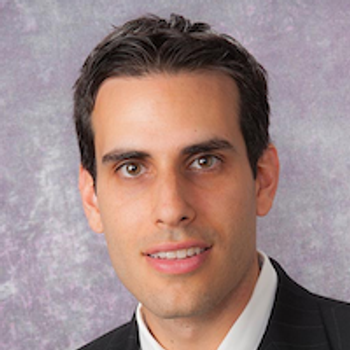
Investigators are evaluating the safety and tolerability of an optogenetic treatment combining a gene therapy and a medical device.

Results of a phase 1 study examining a potential gene therapy for x-linked retinitis pigmentosa showcased improvements in microperimetry and a favorable safety profile.
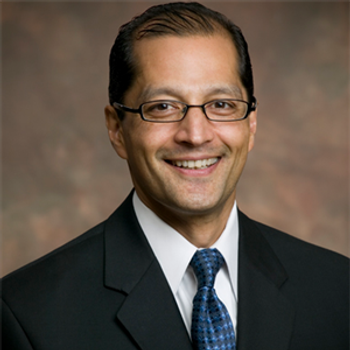
Treatment with subretinal transplantation of allogeneic human retinal progenitor cells showed promising early signs of efficacy as a treatment for individuals with retinitis pigmentosa.
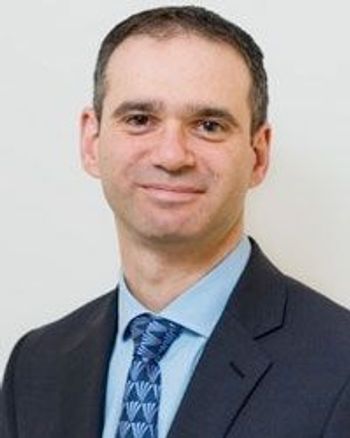
AAV2/5-OPTIRPE65 showed improvements in vision-guided mobility, retinal sensitivity, and foveal-driven visual function for patients with RPE65-associated retinal dystrophy.

Data from a phase 1/2a study show RGX-314, a gene therapy from RegenX, was well tolerated and improved visual acuity in patients.

Results of the phase 1 OPTIC trial reveal ADVM-022 was effective at maintaining visual acuity in patients with wet AMD with a favorable safety profile.

Phase III studies of a gene therapy for Leber Hereditary Optic Neuropathy have generated some unexpected positive findings. There is biologic plausibility to explain the data.

FDA trial approval would make this trial the first ever to test a stem cell-based therapy derived from induced pluripotent stem cells for treating any disease.

University of Pennsylvania investigators conducted an interim analysis of a year-long study on intraocular injections of a mutation-specific gene therapy when one patient showed dramatic early improvements.

After a single dose of RGX gene therapy, the mean change in BCVA was +8 letters in cohort 3 and the average number of injections over the course of 6 months was 1.3 in a phase 1 cohort study.

In an effort to reprogram retina cell regeneration, investigators activated dormant stem cells then aided other stem cells in developing into rod photoreceptor cells—the most abundant cell type in the retina which first aid the retina in sensing light.

The REGENXBIO drug's promising phase 1 results has led to the addition of a fourth patient dosing cohort and a phase 2 trial initiation.

How the three-year results of a gene therapy for inherited retinal disease may redefine its potential in ophthalmology.

A three-year update of VN for patients with biallelic RPE65 mutation-associated inherited retinal disease improved on the common standard-of-care for retina disease.

Though cell therapies have gained FDA approval to treat any ocular disease, companies have marketed predominately to patients with AMD, with procedures that could lead to blindness.

A fully automated artificial intelligence-based system could effectively classify function and potency of cell therapy.